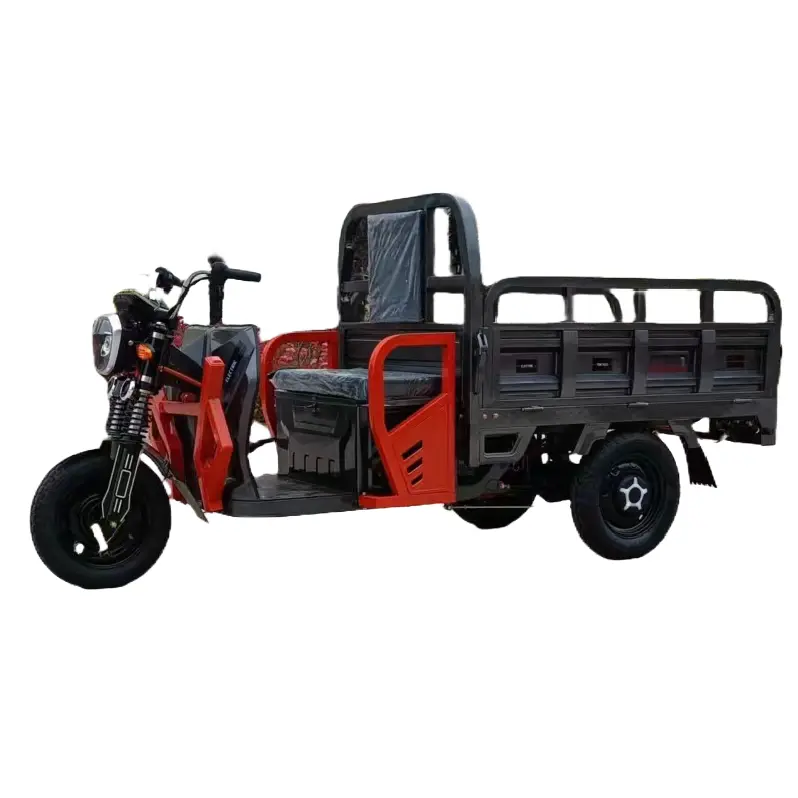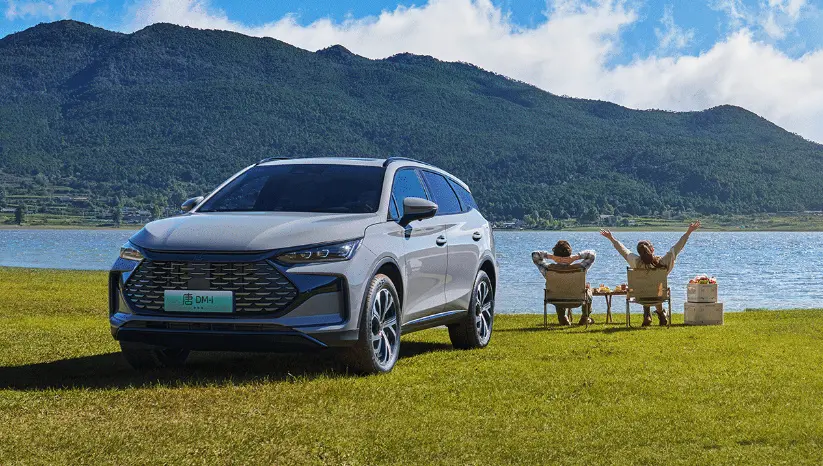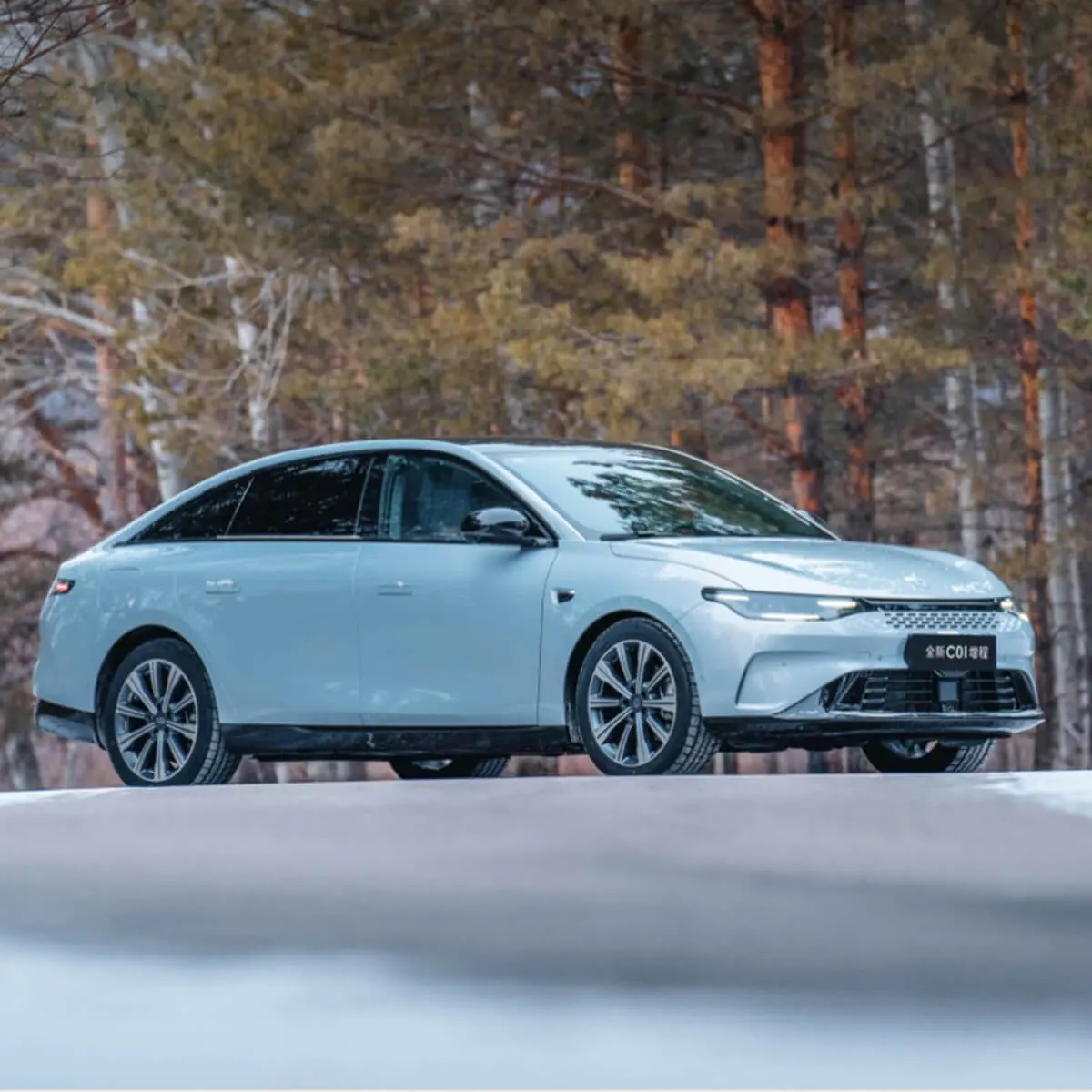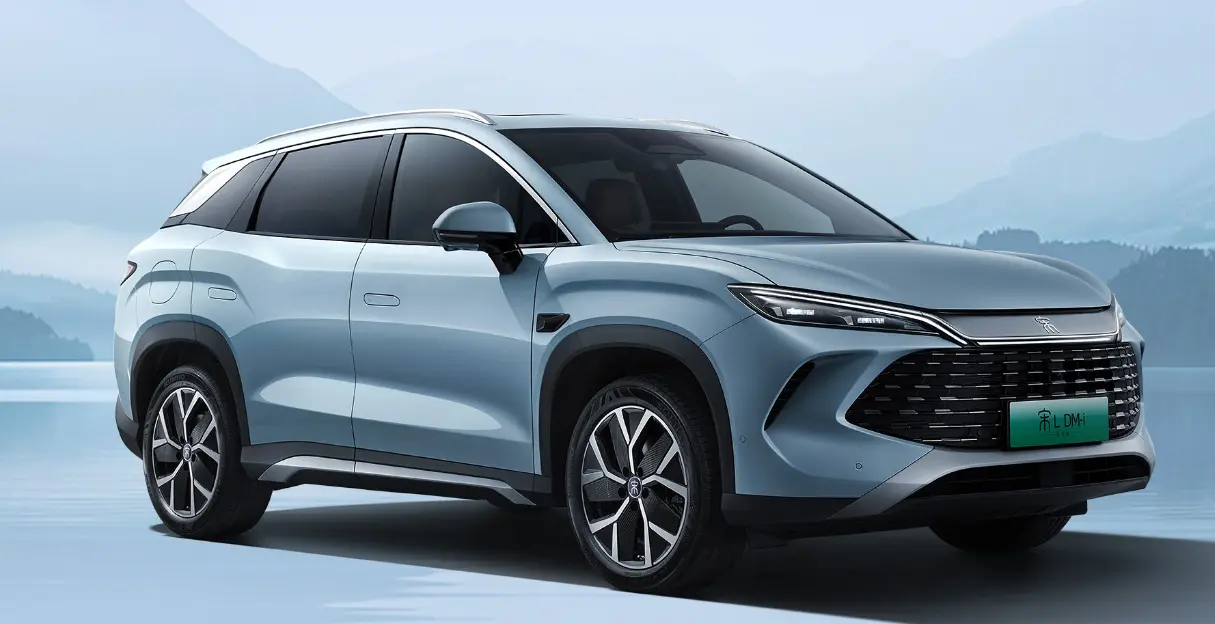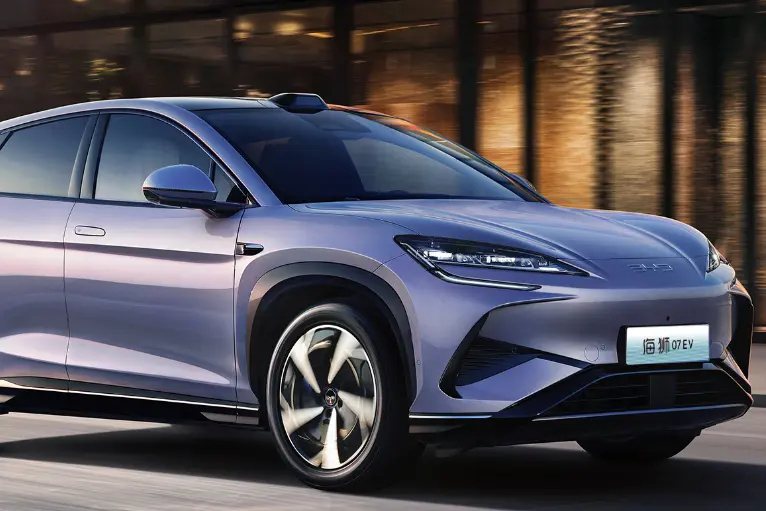How to choose between a sedan and an SUV? Understand these points and you won't be confused
From the perspective of space utilization, the advantages of SUVs lie in their vertical space and loading capacity. The higher body design provides more headroom. When the rear seats are folded down, they can accommodate large items. It is suitable for families who often go on road trips, camp, or have children and pets. It is effortless to carry baby strollers, suitcases, and outdoor equipment on a daily basis. The space advantages of sedans are mainly concentrated in the horizontal and legroom areas. The flat rear floor can enhance the comfort of the middle passenger. Although the trunk opening is small, it has sufficient depth, making it more suitable for storing regular luggage during daily commutes and urban commuting.
| The driving experience is at the core of the difference between the two. The sedan adopts a low-profile chassis design, with a lower center of gravity, stronger stability during driving, less roll when cornering, precise steering of the steering wheel, and better control of wind noise and tire noise at high speeds. The driving experience is more stable and comfortable, making it suitable for users who pursue a sense of control and have a longer daily commute. Suvs, on the other hand, have a higher chassis and a wider field of vision, allowing drivers to observe the road conditions more clearly. However, their high center of gravity leads to slightly weaker stability when cornering, greater wind resistance, and relatively more noise when driving at high speeds. But they have an upright sitting posture and are less likely to cause back pain after long-term driving, making them more friendly to tall users. | 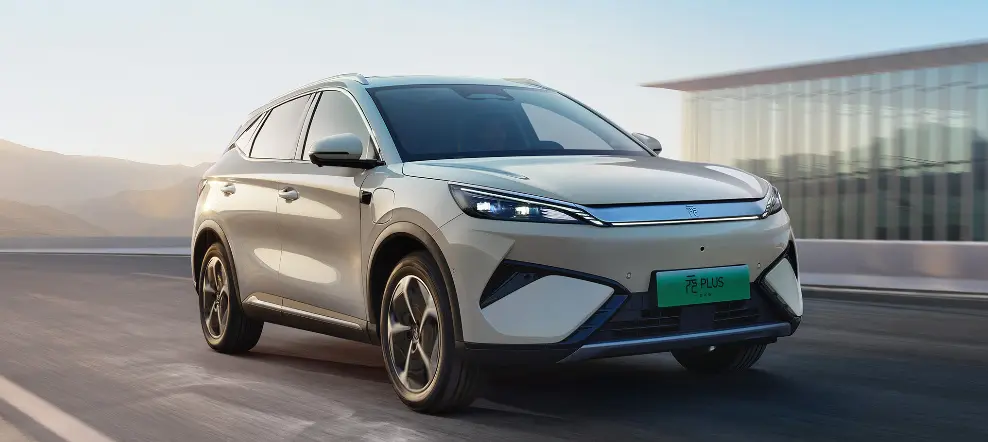 |
In terms of road adaptability, the off-road capability of SUVs is beyond doubt. The higher ground clearance enables it to easily handle potholes, rural dirt roads, and even light off-road scenarios, making it suitable for users who frequently travel to the suburbs, mountainous areas, or cities with poor road conditions. The chassis of sedans is relatively low, making them more suitable for smooth urban roads. When encountering steps or steep slopes, the chassis is prone to scratches, and their adaptability to road conditions is relatively limited. However, the lower wind resistance also brings better fuel economy. Among vehicles of the same class, the fuel consumption of sedans is usually 1-2 liters per 100 kilometers lower than that of SUVs. Long-term use can save a lot of expenses.
| In addition, the convenience of parking is also worth considering. The body length and width of sedans are generally more compact, with a smaller turning radius. In narrow urban roads and crowded parking lots, they are more flexible in parking and meeting oncoming auto, and are more friendly to novice drivers. Suvs are relatively high and large in size, requiring more space when parked. Novices may need more time to get used to them. | 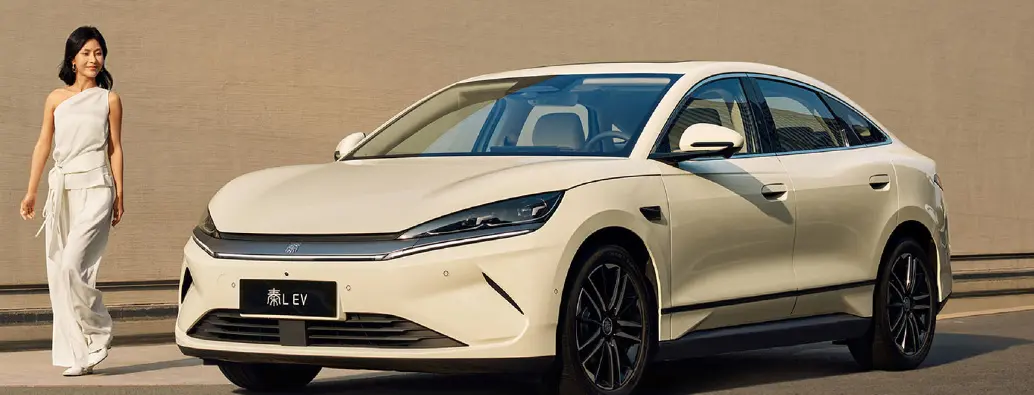 |
In conclusion, if your main driving scenarios are urban commuting and high-speed driving, and you pursue low fuel consumption, strong handling and comfortable driving experience, a sedan is a better choice. If you often encounter complex road conditions, need a large loading space, or prefer a wide field of vision and a straight sitting posture, an SUV can better meet your needs. By clarifying the core needs and combining them with the frequency and scenarios of vehicle use, one can easily avoid the dilemma of making choices.







